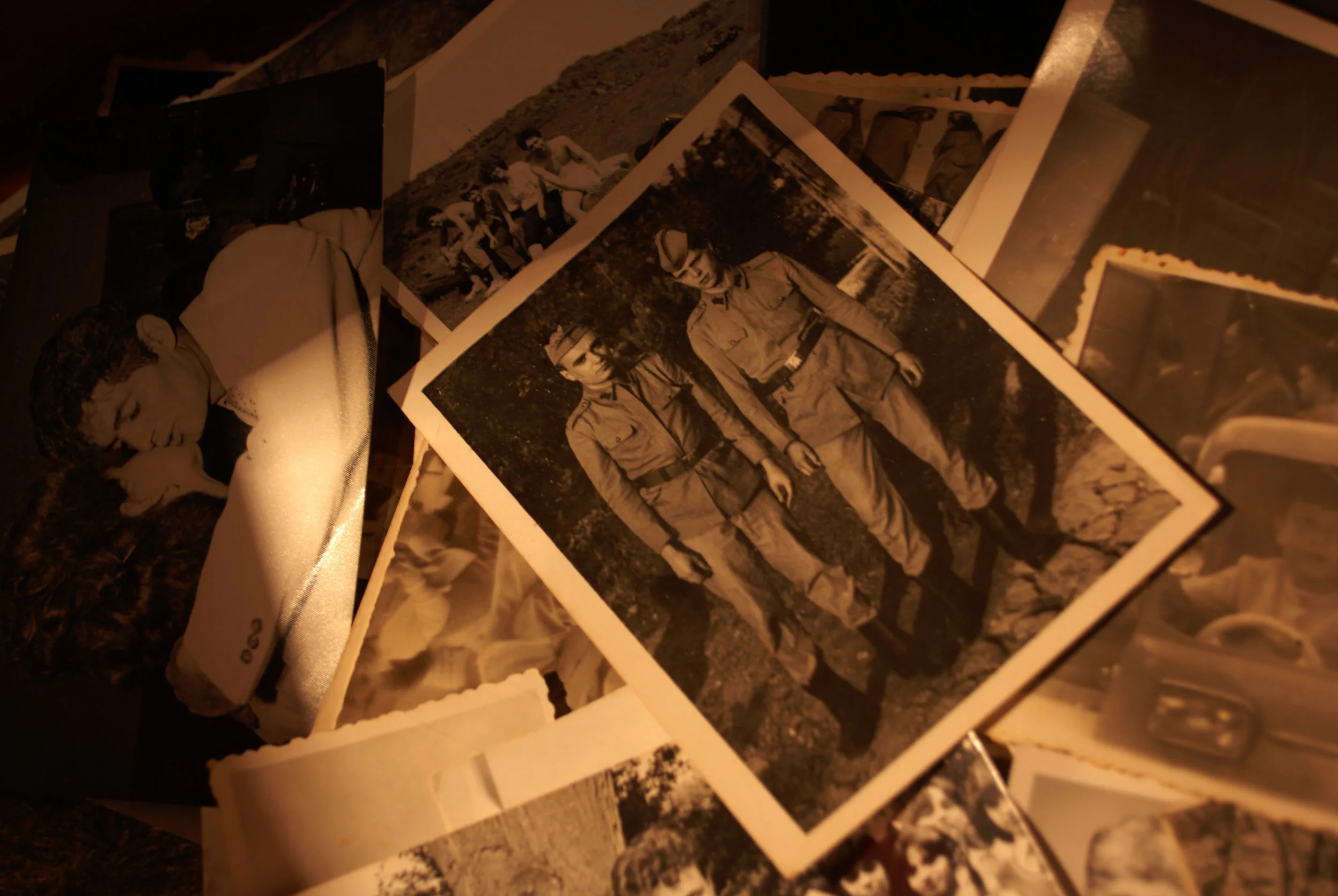Conducting archival research can be challenging. Unlike libraries, which have assets with consistent information, archives preserve and provide access to unique materials.
Trained as an archivist, I also work as a researcher, so I have a 360-degree perspective on archives. In a graduate-level course on research methods I teach, I offer the following suggestions to my students:
Research the Repository Before Visiting
Understand the institution's policies and procedures before you arrive to use your time wisely. Each archives is unique, with many different ways of access. Consult the institution's policies on photography, copying, and scanning. Often, there are reasonable scanning and usage fees, so understand those policies as well.
Research Virtually First
Many repositories have finding aids and collections online. Before your visit, check out these resources. They may be just what you need. Don't depend solely on digital items though. Undigitized and unprocessed collections contain invaluable information. Do what research you can on your own, then reach out to the archivist to see if there are additional collections that you should consult during your visit.
Keep a Research Log
In the course of your research, you will encounter a lot of archival materials. Be kind to yourself, and create a system to log your research. What may seem obvious to you at the moment will be forgotten later, so provide enough information to retrace your steps if needed.
Note information about the repository, contact information, dates you visited, and the collections you retrieved. Write down the order of the boxes and folders you used, as well as the items that you took notes about or photographed.
If the institution allows it, photograph or scan items with your camera or phone. One app I’ve used is CamScanner which creates PDFs (free with Android and iOS). Its paid version performs optical character recognition (OCR) that extracts text from PDFs. Other free or paid apps do the same.
Consider creating a template for yourself so that you capture all relevant information as you work. Notes can be taken on paper or digitally—whatever is best for you.
Standardize Your Filing Names
Create file naming conventions to organize your digital items and make them easier to retrieve. Free bulk renaming programs allow you to rename many files instantly.
Here's an example of a standardized file name. If I scanned items while researching the Margaret Wright Eadie Papers at the New-York Historical Society, my files may be named: NYHS_Eadie_Box01_Volume01_Item001, Item002, etc.
Use conventions that make sense for you and the collections. Ask yourself, “If another researcher were to see this, would he or she understand it?”
Practice Safe Storage
The best way to keep items preserved is to create backups. Have three backups of your digital items. One collection can be on your desktop that you use as you write, with a backup on Google Drive and another on a personal hard drive.
For physical archival items that you own, you may want to take photographs or scan them so you still have the information they contain if they are damaged, stolen, or lost.
The preservation of analog and digital items is a whole other post (or set of posts). Just remember that nothing lasts forever, especially digital files!
Cite Right
For collections that you will include in your research, locate the proper citation, which is often in the finding aid. Note this as you research to avoid wasting time later when you're facing a deadline for your work.
Say Thank You
If an archivist has been helpful in your research, send them a handwritten thank you card. Archivists aren’t appreciated enough for the hard work that they do so recognizing their help is important. A shout-out in the acknowledgments section of your article, thesis, or manuscript is also a nice touch.
For additional information, please consult my presentation on using archives and primary sources HERE.
What strategies do you use when conducting archival research?
























